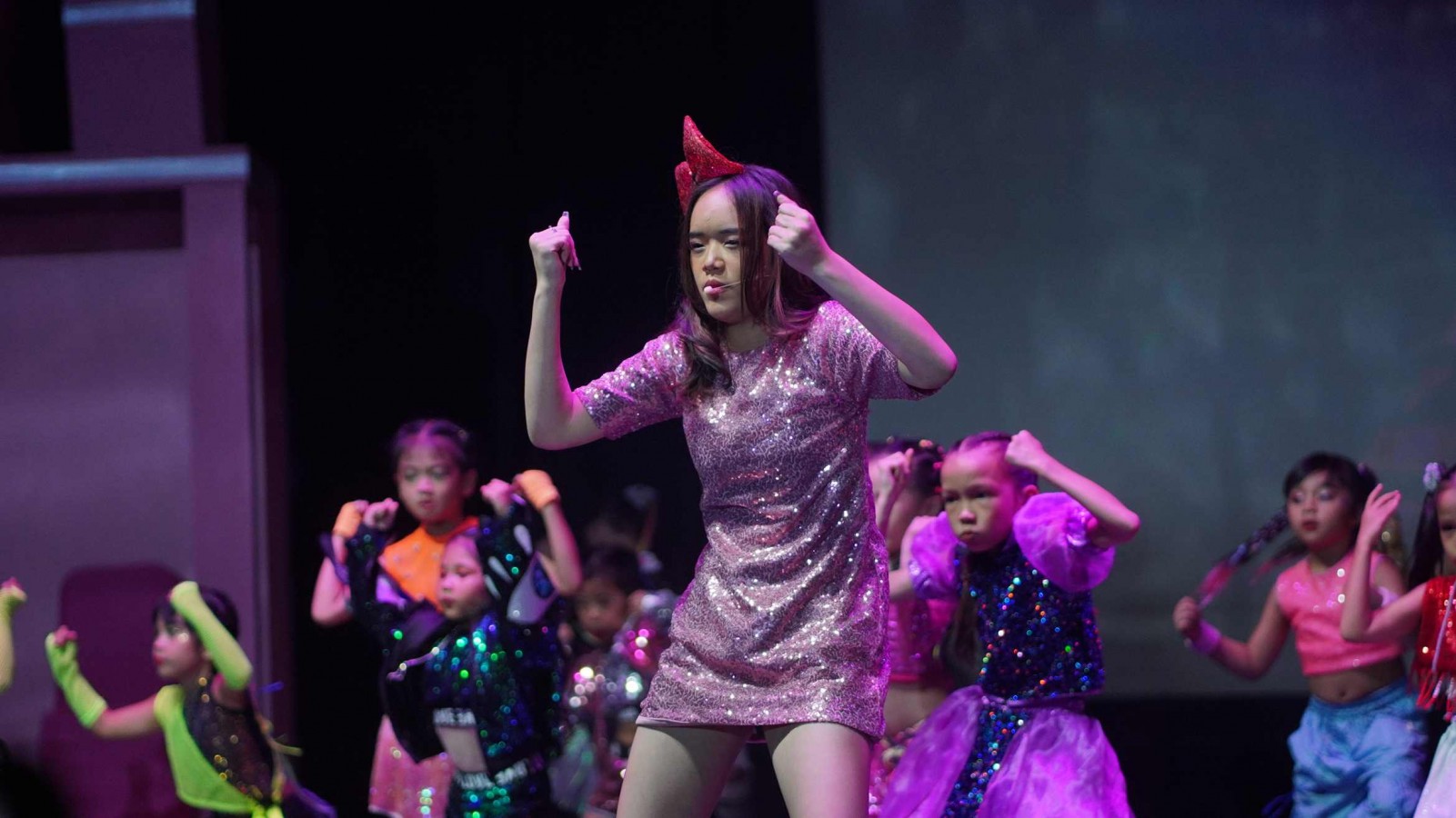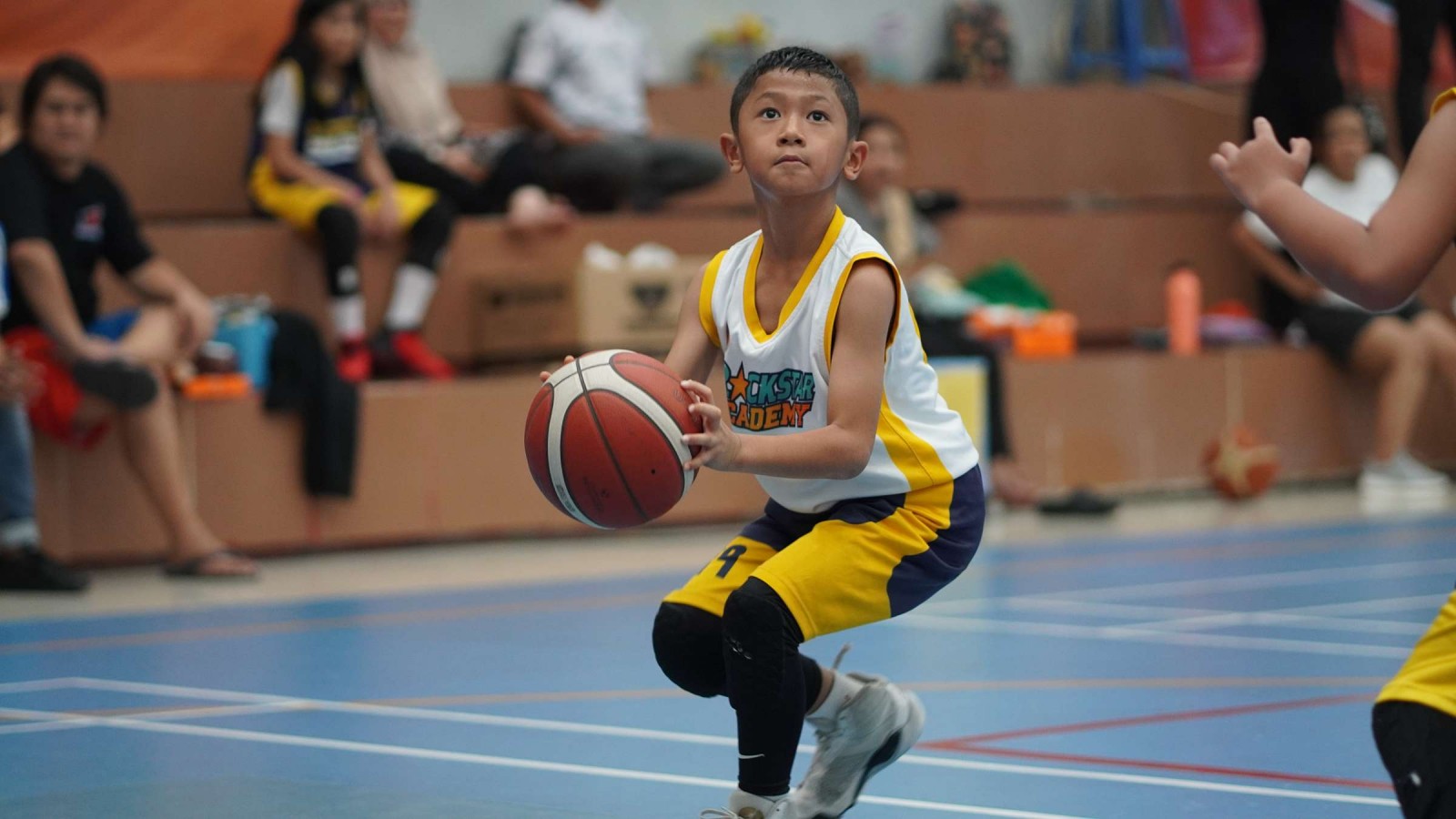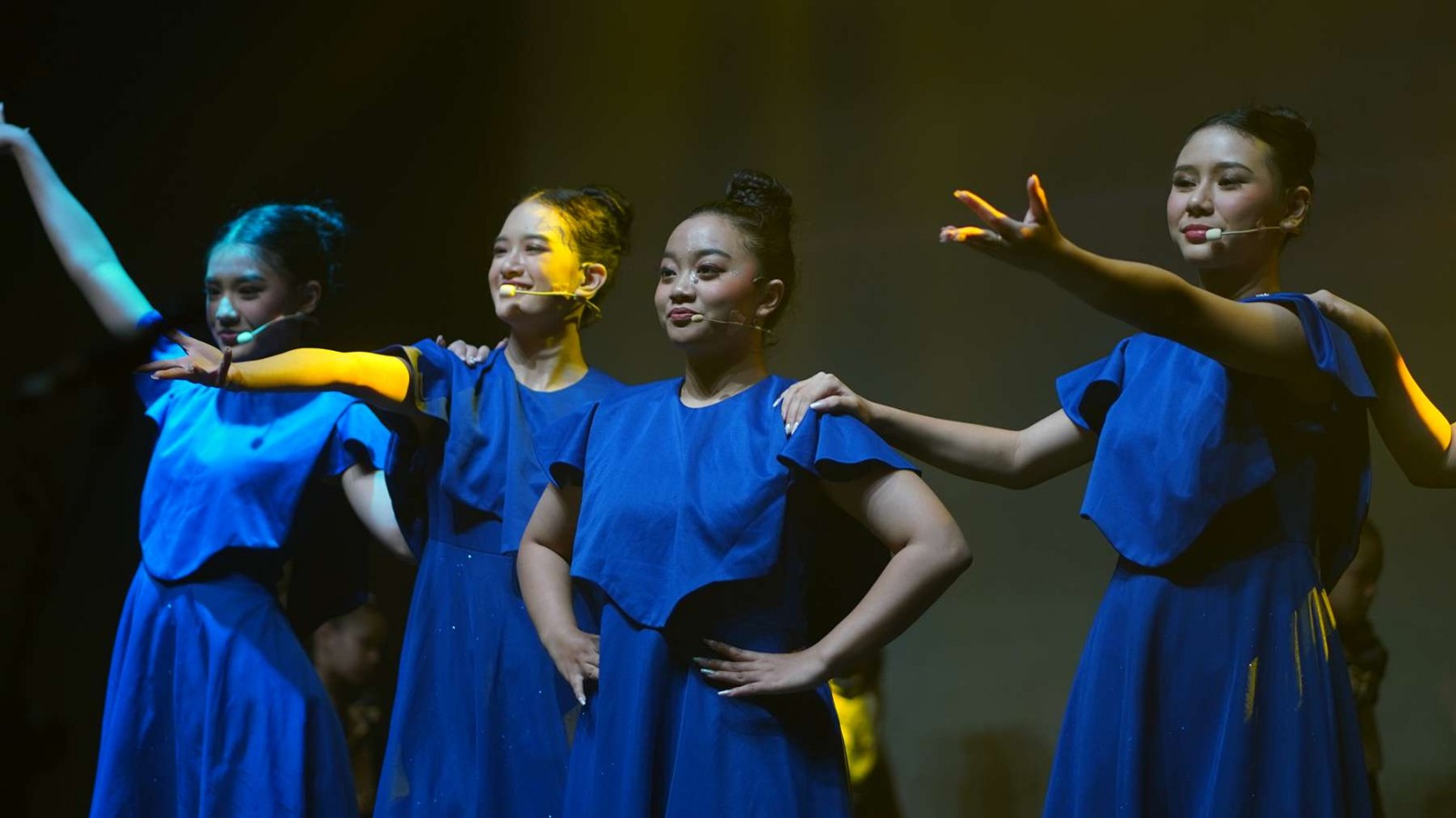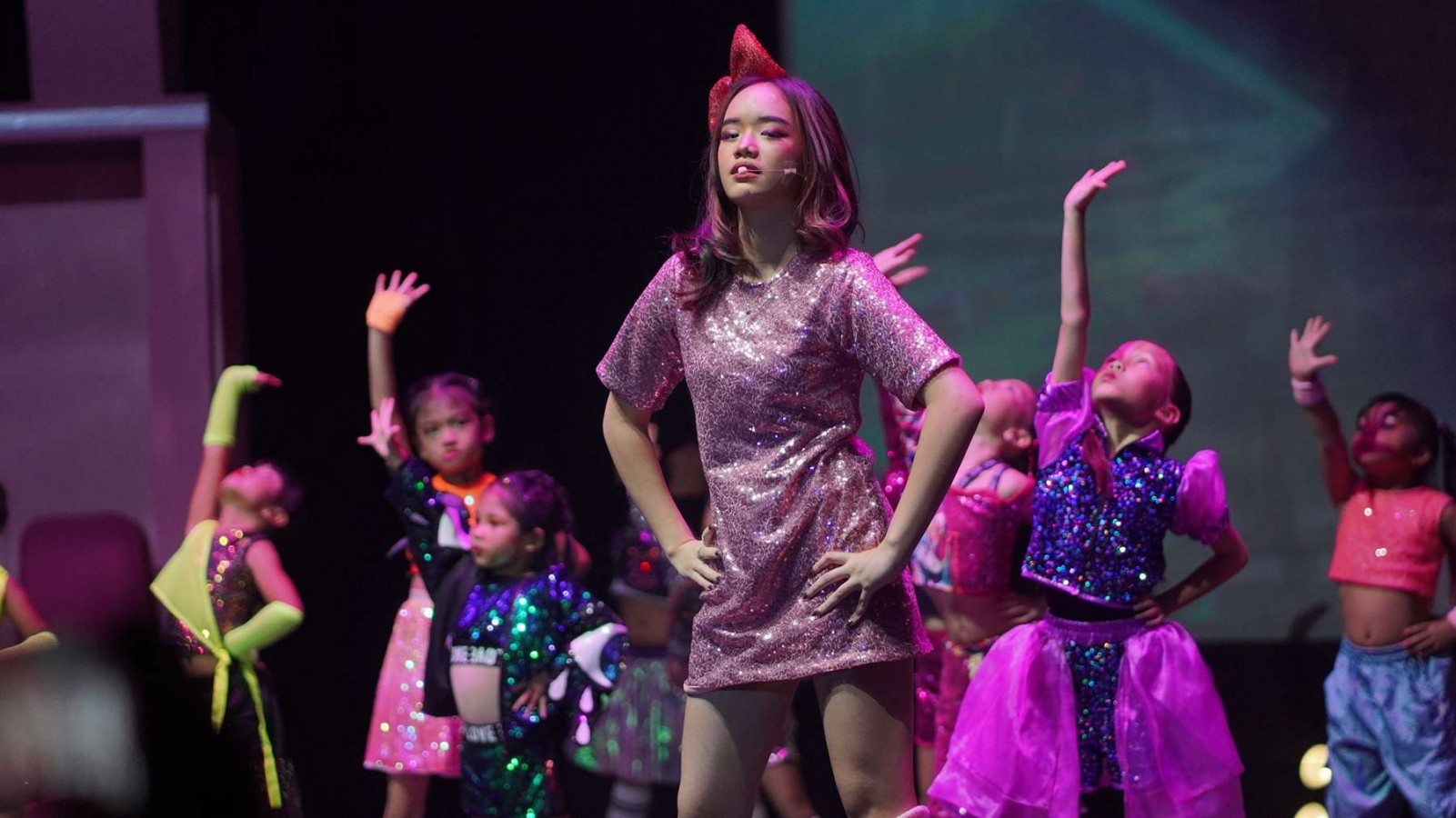10 Acting Techniques and How to Choose the Right One for You

Ever dreamed of stepping into someone else’s shoes and bringing their story to life? Whether it’s lighting up the big screen, commanding a theater stage, or adding life to characters on TV, acting is a thrilling journey of emotion, creativity, and storytelling.
But what makes an actor truly shine? It all comes down to the acting techniques behind the performance. From mastering emotions to diving deep into a character’s psyche, every method unlocks new ways to connect, captivate, and wow an audience.
So, if you’re ready to take center stage and explore the secrets of unforgettable performances, let’s dive into the world of acting techniques!
What are Acting Techniques?
Acting techniques are systematic approaches or methods used by actors to create and embody characters convincingly. These techniques provide frameworks for understanding character motivations, emotions, and behaviors, allowing actors to delve deep into their roles and deliver compelling performances.
While there are numerous acting techniques, each emphasizes different aspects of acting, ranging from emotional truth and physicality to improvisation and textual analysis.
Common Acting Techniques and Methods
In becoming a good actor, there are several basic acting techniques that can be used with several methods. Here are the elaborations on some techniques:
1. Stanislavski's System
Stanislavski's System focuses on emotional truth and psychological realism, using techniques like emotional memory, sense memory, and the "magic if" to explore character motivations and objectives.
2. Method Acting
Method acting is about diving headfirst into a character’s emotional and physical world by drawing on personal experiences. Actors use techniques like:
- Emotional Recall
Reflecting on a deeply personal moment to channel the same feelings in a scene. If your character feels betrayed, think of a time when you experienced betrayal.
- Physical Transformations
Completely embodying the character's appearance, like gaining or losing weight or adopting specific mannerisms. A famous example is Daniel Day-Lewis staying in character even off set while filming Lincoln.
This method often requires significant dedication but results in highly realistic performances.
3. Meisner Technique
This technique emphasizes genuine emotional responses and spontaneous interactions with fellow actors. It’s famous for repetition exercises, where two actors repeat simple phrases back and forth while observing each other's emotions and behaviors.
For example, one actor might say, "You look upset," and the other replies, "I look upset?" This back-and-forth builds emotional authenticity.
4. Chekhov Technique
Chekhov Technique combines imagination and physicality to explore characters. Key elements include:
- Psychological Gesture
Using a single physical movement to represent a character’s inner feelings. For instance, if your character is angry, you might clench your fists as a symbolic gesture.
- Imaginary Bodies
Visualizing your character's physical form, like imagining a tall, heavy body if the character is imposing.
5. Viewpoints
Viewpoints focus on how actors interact with space, time, and each other. It uses nine elements like tempo, spatial relationships, and gesture to create dynamic performances.
For example, an ensemble might explore a scene by moving together at different speeds, creating a visual rhythm that mirrors the emotional tone of the story.
6. Grotowski's Poor Theatre
Grotowski stripped away the flashy elements of traditional theatre—like elaborate sets or costumes. This uses physical training, vocal work, and rituals.
7. Commedia dell'arte
Known for its masked stock characters and improvisation, emphasizing physical comedy, improvisation, and archetype-based characters like Harlequin and Pantalone.
8. Practical Aesthetics
Practical Aesthetics simplifies acting by focusing on clear objectives and actions. The script is broken into "beats," each representing a specific moment or goal.
For instance, in a scene where a character argues with their partner, the actor might identify the objective as "convince them to stay."
9. Playback Theatre
Playback Theatre brings personal stories to life. Audience members share their experiences, and actors reenact them on the spot. This requires deep listening and improvisation.
For example, an audience member might describe a joyful memory of reuniting with a loved one, and the actors portray it with warmth and creativity.
10. Uta Hagen
Uta Hagen’s method emphasizes authenticity by connecting personal experiences to a character’s emotions. Two key techniques are:
- Substitution
Replacing the character’s experience with your own. If the character misses their mother, you might recall a time you missed someone you loved.
- Sense Memory
Focusing on specific physical details to evoke emotions. For example, holding a cold glass might help you recall a time you felt nervous, like sweating before a big speech.
How to Choose an Acting Technique
Choosing the right acting technique depends on several factors, including your personal strengths, preferences, and the demands of the role or production. Here’s a step-by-step guide to help you select the most suitable technique:
1. Self-Assessment
Start by identifying your natural talents and comfort zones as an actor. Ask yourself what feels most intuitive in your performances. Do you excel at diving into emotional depth, connecting to a character's psychology, or expressing yourself physically?
For instance, if you find it easy to tap into emotional truth, methods like Stanislavski's System or Uta Hagen’s substitution approach might resonate with you.
On the other hand, if you enjoy dynamic and expressive movement, techniques like the Chekhov Method or Commedia dell’arte could suit your style. Understanding your strengths helps you find a technique that feels authentic to you.
2. Research
Expand your knowledge by exploring the various acting techniques available. You can attend workshops, take classes, or read books by acting pioneers like Konstantin Stanislavski, Sanford Meisner, or Michael Chekhov.
Watching performances by actors known for specific methods can also be enlightening. The more you learn about each technique’s principles and applications, the easier it will be to decide which ones to explore further.
3. Experiment
Nothing beats hands-on experience. Join classes or workshops that focus on different acting methods to see which ones resonate with you. Try a Meisner Technique class to develop truthful reactions through repetition exercises, or participate in a Chekhov workshop to explore psychological gestures.
By trying out different methods, you can discover what feels both challenging and inspiring.
4. Role Compatibility
Consider the types of roles or genres you often perform in. Certain techniques may align better with specific acting demands. Choosing a technique that complements your roles will help you connect more deeply with your characters.
5. Feedback
Feedback from trusted sources can provide valuable insights. Acting coaches, directors, and even your fellow actors can offer constructive advice about which techniques suit you best. Listening to feedback can guide you toward approaches that enhance your strengths and address areas for growth.
6. Comfort and Challenge
Balance familiarity with the desire to grow. Choose a technique that challenges you to expand your skills while allowing you to feel comfortable exploring characters authentically.
7. Adaptability
Acting is not about sticking to one method forever. Many successful actors combine different techniques depending on the role or production.
The key is adaptability and having a variety of techniques in your toolkit allows you to approach any role with confidence and creativity.
Master These Acting Techniques!
In the world of acting, discovering the right technique is like finding the perfect key to unlock your creativity and potential. If your child dreams of taking center stage, our Broadway Program at Rockstar Academy is the perfect place to start!
In our Broadway classes, your child will develop essential skills like character singing, vocalization, acting, dancing, and building musical confidence. They'll get the chance to shine in thrilling musical productions with professional lighting, microphones, and stunning costumes, bringing their performances to life.
For those who want personalized coaching, we also offer Private Instruction, where students get one-on-one training tailored to their unique talents and goals. Private lessons encourage students to take greater responsibility for their learning, helping them stay focused, take every lesson seriously, and fully master their performance skills.
By joining our Broadway Program, your child can compete in exciting events and competitions like the Broadway Recital, Elite Championships, and RockOlympics. These competitions provide a fantastic learning opportunity, helping students uncover their true potential, especially in dancing and stage performance.
Best of all, you can experience the magic firsthand with our free trial class! It’s a wonderful way to see how our program can help your child step into the spotlight and build the confidence to chase their dreams. Sign up today and watch them shine brighter than ever!
FAQ
How do I know if I'm using the right acting technique?
The right technique aligns with your ability to connect deeply with characters and deliver convincing performances. Experimentation and feedback can help you refine your approach.
Can I use multiple acting techniques?
Yes, many actors incorporate principles from multiple techniques to enhance their performances. Finding a personalized blend can be beneficial.
Do I need formal training to use acting techniques effectively?
While formal training can provide structured learning and feedback, actors can also explore techniques through workshops, self-study, and practical experience.
Are some acting techniques better suited for certain types of roles?
Yes, certain techniques may be more effective for specific genres, character types, or performance styles. Choosing a technique that fits the role's demands can enhance authenticity.
How can I develop my own acting technique?
By combining elements that resonate with you from existing techniques, experimenting with new approaches, and reflecting on what enhances your performances uniquely.



